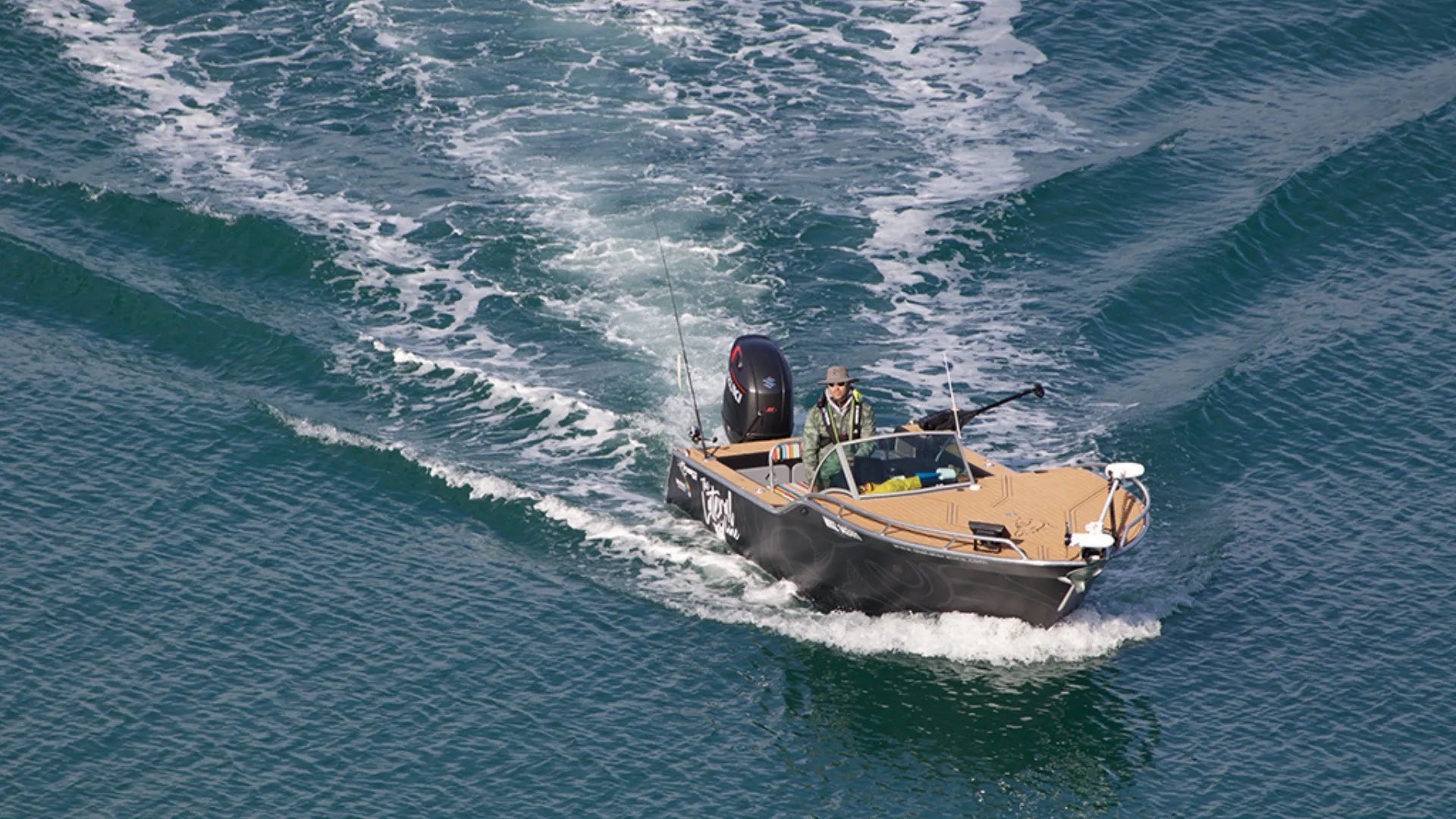When choosing flooring for your boat, comfort, durability, and eco-friendliness are key considerations. Among the popular options—EVA foam boat flooring, PVC marine decking, and traditional wood like teak—which is best? Let’s compare these materials in terms of performance, cost, and sustainability.
EVA Foam: Comfort, Safety, and Sustainability
EVA marine decking has quickly become one of the most popular choices for modern boats. Its soft, cushioned surface makes it ideal for barefoot activities such as fishing, water sports, or lounging on deck. EVA foam also provides excellent non-slip safety, even when wet, making it safer than fiberglass or wood.
From an environmental perspective, EVA foam (e.g., XYF Marine EVA with over 80% PE content) is non-toxic, recyclable, and resistant to saltwater and UV damage. Unlike wood, it does not require chemical treatments, and unlike PVC, it has a much cleaner recycling process.
Key Advantages of EVA Foam
-
Custom EVA boat flooring kits with CNC or laser engraving for logos, colors, and patterns
-
Lightweight, waterproof, and long-lasting with minimal maintenance
-
Professional or DIY EVA foam installation with interlocking or adhesive-backed panels
-
Superior comfort compared with PVC and teak flooring
PVC: Durability with Environmental Limits
PVC marine flooring is known for its toughness and waterproof qualities. It performs well in high-traffic areas and lasts longer in some heavy-duty environments.
However, PVC lacks EVA’s cushioning and can be slippery unless heavily textured. Its environmental profile is mixed: while some PVC includes recycled materials, recycling PVC itself is difficult due to chemical additives.
Drawbacks of PVC Flooring:
-
Higher cost compared with EVA foam decking
-
Limited customization options (hard to engrave or color-match)
-
UV degradation and cracking over time
-
Heavier and less comfortable than EVA foam
Wood: Classic but Less Eco-Friendly
Traditional teak and cedar decking provide a timeless, aesthetic appeal. However, wood comes with major downsides for today’s eco-conscious boat owners:
-
Requires constant maintenance (oiling, sanding, sealing)
-
Risk of rot, mold, and insect damage
-
Harvesting hardwoods (like teak or ipe) often contributes to deforestation
-
Treated woods can leach harmful chemicals into marine ecosystems
-
Heavy and difficult to install compared with synthetic marine flooring
Even sustainably sourced wood (e.g., FSC-certified) is costly and resource-intensive, making it less practical for most boat owners.
The Verdict: EVA as the Best Balance
For boaters who prioritize comfort, customization, and eco-friendliness, EVA foam marine flooring is the clear winner. It offers:
-
Superior barefoot comfort and non-slip EVA mats safety
-
Easy customization with CNC/laser engraving
-
Lightweight, waterproof, and UV-resistant durability
-
Eco-friendly EVA flooring that is recyclable and non-toxic
While PVC can be slightly more durable in heavy-duty use, its environmental drawbacks and higher cost limit its appeal. Wood, though beautiful, is increasingly unsustainable and high-maintenance.
Bottom line: EVA foam boat flooring strikes the best balance of comfort, cost-effectiveness, and eco-friendly performance.
FAQs: EVA vs Other Decking Materials
1. Is EVA foam more eco-friendly than PVC or wood?
Yes. EVA foam is recyclable, non-toxic, and does not require chemical treatments like wood or PVC.
2. Which flooring is safest for barefoot use?
EVA foam marine decking offers the best comfort and non-slip safety compared to wood and PVC.
3. How does EVA foam compare in durability to PVC?
PVC may last longer in extreme heavy-duty conditions, but EVA provides better comfort, UV resistance, and eco-friendliness.
4. Why is teak less eco-friendly?
Teak harvesting contributes to deforestation, and treated wood can leach chemicals into the water.
5. Can EVA foam be customized like wood decking?
Yes. Custom EVA foam decking kits can be laser-engraved with logos, colors, and textures, unlike PVC or traditional wood.
6. Which option is easiest to maintain?
EVA foam is the easiest—just rinse with soap and water. Wood requires sanding/oiling, and PVC may degrade under UV exposure.

Share:
From Design to Delivery: Custom EVA Flooring OEM Workflow
Top 10 FAQs About EVA Marine Decking